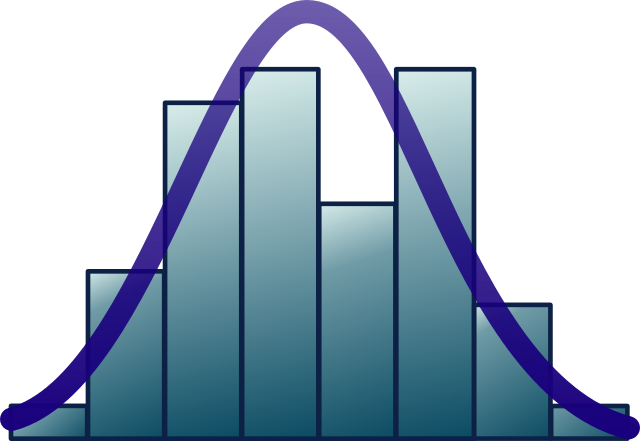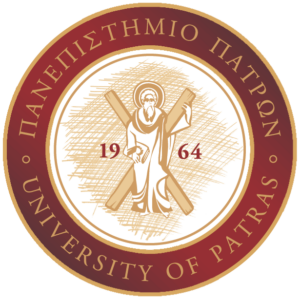Statistics I

Learning Outcomes
By the end of this course the student are expected to:
- Understand and apply descriptive statistics. Students learn how to use tables and graphs in order to describe practical situations
- Have basic knowledge of elementary probability theory and of random variables.
- Understand theory of basic probability distributions and apply it in practical examples.
Course Contents
Population, sample, sampling methods, variables. Statistical data, tables, figures. Frequencies. Measures of central tendency. Measures of dispersion. Moments, measures of asymmetry and kurtosis. Introduction to probability theory. Density and distribution functions. Distributions for discrete random variables (Binomial, Hyper geometric, Poisson, Geometric). Distributions for continuous random variables. Normal distribution. Parameters of bivariate distributions. Covariance, correlation coefficient.
Teaching Activities
Lectures (4 hours per week) and Tutorials (2 hours per week x 13 weeks)
Teaching Organization
|
Activity |
Work load |
| Lectures (4 hours per week x 13 weeks) |
52 hours (4×13) |
| Tutorials (2 hours per week x 13 weeks) – solving of representative problems |
26 hours (2×13) |
| Hours for private study of the student |
122 |
Assessment
The overall course grade is the sum of
(a) The final exam grade (80%)
(b) 20 percent of the mid-term examination grade.
Use of ICT
Use of e-class.


